 This latest release from my favorite Swedish free music collective is apparently "a concept album on relationships, family values and broken promises." I will have to take their word on that, as I do not understand Swedish, but Ömhet & Skilsmässa ("Tenderness & Divorce") does have a very different (and possibly more wholesome) feel than some previous releases. How truly wholesome an album can be when it features Sewer Elections' Dan Johansson is up for debate, but I do not doubt the collective's commitment to carrying on the grand tradition of freeform Swedish psychedelia a la Pärson Sound, Träd Gräs Och Stenar, and others. That said, Enhet För Fri Musik have their own wonderful thing going and I would be hard pressed to think of any other artists this devoted to guileless simplicity and organic spontaneousness. Admittedly, I was secretly hoping the quintet would revisit the sound collage territory of "Fragment Av En Midsommarnattsdröm" this time around, but my consolation prize is that the Jandek-ian discordant acoustic guitars are kept to a minimum. Instead, this album feels like the impressionistic audio diary of a teenage girl who is growing up in a pleasant rural commune, as it uncannily evokes the wonder and openness of someone totally indifferent to popular trends and not yet hardened by the endless disappointment and inhumanity of the outside world.
This latest release from my favorite Swedish free music collective is apparently "a concept album on relationships, family values and broken promises." I will have to take their word on that, as I do not understand Swedish, but Ömhet & Skilsmässa ("Tenderness & Divorce") does have a very different (and possibly more wholesome) feel than some previous releases. How truly wholesome an album can be when it features Sewer Elections' Dan Johansson is up for debate, but I do not doubt the collective's commitment to carrying on the grand tradition of freeform Swedish psychedelia a la Pärson Sound, Träd Gräs Och Stenar, and others. That said, Enhet För Fri Musik have their own wonderful thing going and I would be hard pressed to think of any other artists this devoted to guileless simplicity and organic spontaneousness. Admittedly, I was secretly hoping the quintet would revisit the sound collage territory of "Fragment Av En Midsommarnattsdröm" this time around, but my consolation prize is that the Jandek-ian discordant acoustic guitars are kept to a minimum. Instead, this album feels like the impressionistic audio diary of a teenage girl who is growing up in a pleasant rural commune, as it uncannily evokes the wonder and openness of someone totally indifferent to popular trends and not yet hardened by the endless disappointment and inhumanity of the outside world.
It took me a bit longer than usual to fall in love with this album, as I was initially exasperated by the extreme brevity of several of the best songs and the fragmented, kaleidoscopic nature of the album. I am probably a fool for coming to an Enhet För Fri Musik album expecting a hot single, but I do like it when a band's best ideas are expanded into complete, fully formed statements. That sort of thing was not on the agenda with this album, but it eventually dawned on me that something considerably more interesting and unique was happening instead. Obviously, "Swedish noise artists reclaim their childlike naivete to transform into an oft-brilliant free-folk ensemble" is an impressive feat too, but I was already expecting that part. Consequently, I was more struck by how this album feels like a VHS tape of enigmatic found footage fragments that capture flickering tender, beautiful, intimate, and uneasy moments spanning many years and many miles. There are a few pieces that feel dark, such as "Opus 6 – Sommarljus" (crunching footsteps in a desolate moonlit shipyard, then a ramshackle, Wicker Man-esque folk procession) and "Kärlekens Nöjen" (woman humming a sad melody by the seaside as storm clouds gather). If the album was entirely in that vein, it would feel like a series of clues to an unsolved murder, but the amiable musicality of Sofie Herner's voice makes the album feel like I am being led through a bittersweet phantasmagoria by a trusted and charming friend. It also helps that there are some genuinely lovely song vignettes strewn throughout the album. My favorite pieces are the ones in which Herner haltingly and casually chatters over a simple pretty melody, such as "Idag Är Det Bra" (featuring an endearingly wobbly-sounding synth melody) and the hesitant, finger-picked folk of "En Bra Dag." The closing piano ballad "Skilsmässa" is another delight in that simple melodic vein, but there is also one excellent sound collage-style piece on the album as well ("Flytten"). In fact, "Flytton" is probably the album’s most surreal and absorbing piece, as it sounds somewhere between an accordion-driven sea shanty and a murky, hallucinatory cabaret. Or maybe like a melancholy noir film about the French Resistance, except the club's femme fatale chanteuse has lost interest in singing and is just conversationally chattering in Swedish as a grinding, supernatural roar slowly envelops everything. I would be thrilled if there were a few more songs like that on Ömhet & Skilsmässa, but I genuinely love the spell that the collective casts on this album. Enhet För Fri Musik are channeling something truly radical: a simpler pre-internet era before regional character, emotional directness, and intimacy were nearly wiped off the map by advances in production technology and all-consuming international trends. And they seem to be confidently climbing farther and farther out on that limb with each new release.
Samples can be found here.



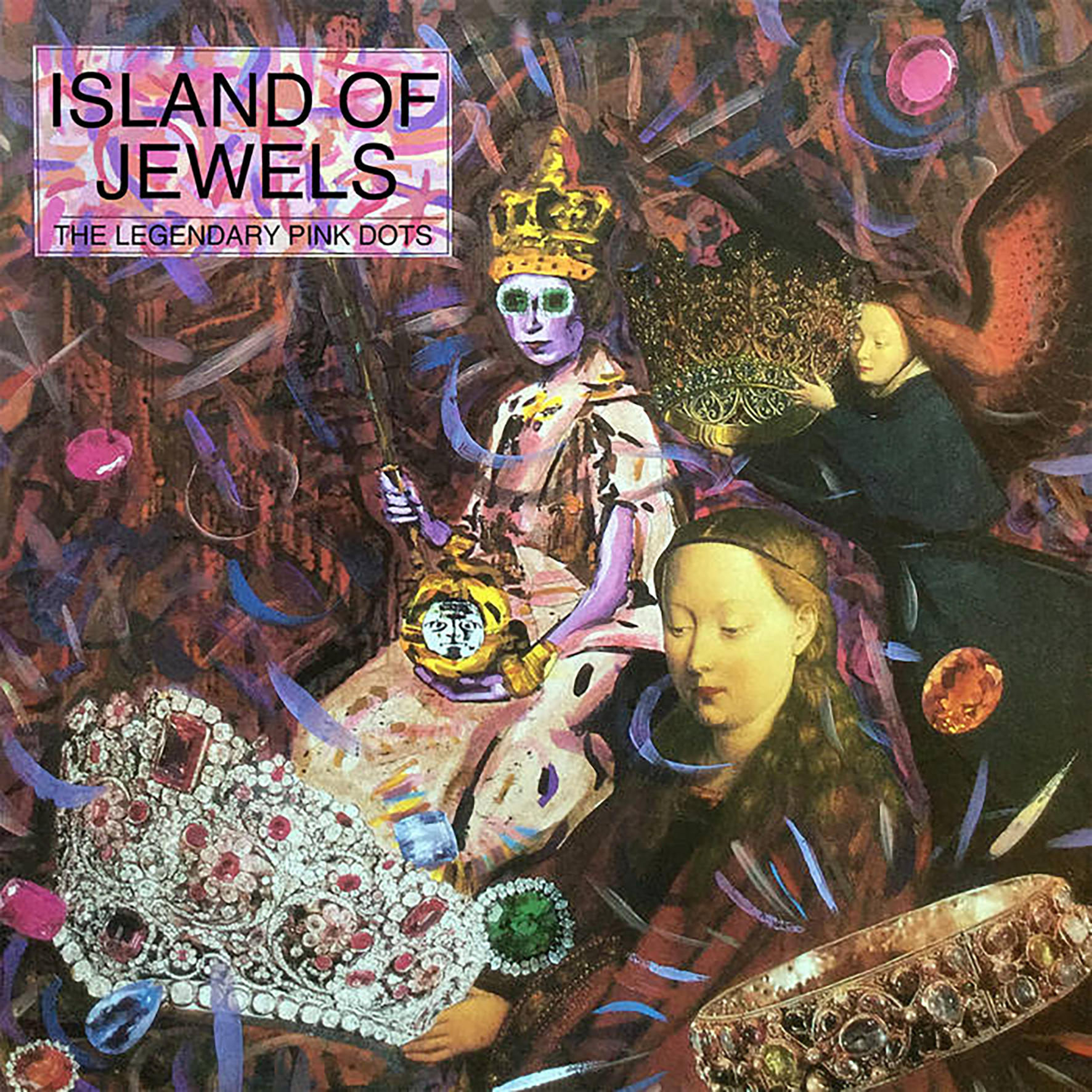 Metropolis Records continues their ambitious LPD reissue campaign with an expanded and remastered edition of this oft-fascinating album from the band's celebrated mid-'80s hot streak. According to the band, Island of Jewels was "the natural successor" to The Tower, but it was chronologically sandwiched between two of the Dots' most beloved albums from the era (1985's Asylum and 1988's Any Day Now). Being eclipsed on either side by arguably superior albums has not been optimal for Island of Jewels' stature within the LPD canon, yet it still captured the band in legitimately inspired form (albeit in service of an especially bleak vision this time around). As I did not start delving into the Dots' oeuvre until the mid-'90s (I was lured in by The Tear Garden), I still find it a bit difficult to embrace some of the conspicuously "'80s" elements from this particular phase, as the synth sounds and slap/fretless bass themes have not aged terribly well. Then again, it seems deeply wrong-headed to take issue with the tools that the band used to craft such a playfully surreal and endearing collection of songs, as only a fool would let passing stylistic trends rob them of their sense of wonder. While I would describe Island of Jewels as a more of an acquired taste than some of the surrounding releases, it is a taste worth acquiring, as this album is a delightfully hook-filled and hallucinatory world to immerse oneself in.
Metropolis Records continues their ambitious LPD reissue campaign with an expanded and remastered edition of this oft-fascinating album from the band's celebrated mid-'80s hot streak. According to the band, Island of Jewels was "the natural successor" to The Tower, but it was chronologically sandwiched between two of the Dots' most beloved albums from the era (1985's Asylum and 1988's Any Day Now). Being eclipsed on either side by arguably superior albums has not been optimal for Island of Jewels' stature within the LPD canon, yet it still captured the band in legitimately inspired form (albeit in service of an especially bleak vision this time around). As I did not start delving into the Dots' oeuvre until the mid-'90s (I was lured in by The Tear Garden), I still find it a bit difficult to embrace some of the conspicuously "'80s" elements from this particular phase, as the synth sounds and slap/fretless bass themes have not aged terribly well. Then again, it seems deeply wrong-headed to take issue with the tools that the band used to craft such a playfully surreal and endearing collection of songs, as only a fool would let passing stylistic trends rob them of their sense of wonder. While I would describe Island of Jewels as a more of an acquired taste than some of the surrounding releases, it is a taste worth acquiring, as this album is a delightfully hook-filled and hallucinatory world to immerse oneself in. This new EP is something of a sketchbook-like companion piece to Nayar's sublime debut album. More specifically, it is a collection of "sonic miniatures Nayar constructed from guitar loops . . . in the familiar comforts of her own bedroom," as well as a glimpse of what her raw material sounds like before it is processed and reshaped into "grander mutated compositions" like those of Our Hands Against the Dark. In theory, that should make Fragments something of a minor release, but these more simple and intimate pieces are often even better than those of Nayar's more formal work, albeit with the caveat that more than half of these pieces end in under two minutes (and the others do not stick around much longer). Nevertheless, Nayar is an incredibly gifted guitarist with a remarkably strong melodic sensibility and this album is quite a sustained hot streak of great (if ephemeral) ideas. As with her previous album, it is not hard to spot Nayar's influences—in fact, some pieces are even intended as homages to folks like Pat Metheny and Steve Reich. That said, the main touchstones I hear are more hook-minded contemporary artists like Mark McGuire and some classic Midwestern emo. That is always welcome stylistic terrain in my book, but the real beauty of Fragments lies in how often Nayar matches or surpasses her influences at their own games.
This new EP is something of a sketchbook-like companion piece to Nayar's sublime debut album. More specifically, it is a collection of "sonic miniatures Nayar constructed from guitar loops . . . in the familiar comforts of her own bedroom," as well as a glimpse of what her raw material sounds like before it is processed and reshaped into "grander mutated compositions" like those of Our Hands Against the Dark. In theory, that should make Fragments something of a minor release, but these more simple and intimate pieces are often even better than those of Nayar's more formal work, albeit with the caveat that more than half of these pieces end in under two minutes (and the others do not stick around much longer). Nevertheless, Nayar is an incredibly gifted guitarist with a remarkably strong melodic sensibility and this album is quite a sustained hot streak of great (if ephemeral) ideas. As with her previous album, it is not hard to spot Nayar's influences—in fact, some pieces are even intended as homages to folks like Pat Metheny and Steve Reich. That said, the main touchstones I hear are more hook-minded contemporary artists like Mark McGuire and some classic Midwestern emo. That is always welcome stylistic terrain in my book, but the real beauty of Fragments lies in how often Nayar matches or surpasses her influences at their own games.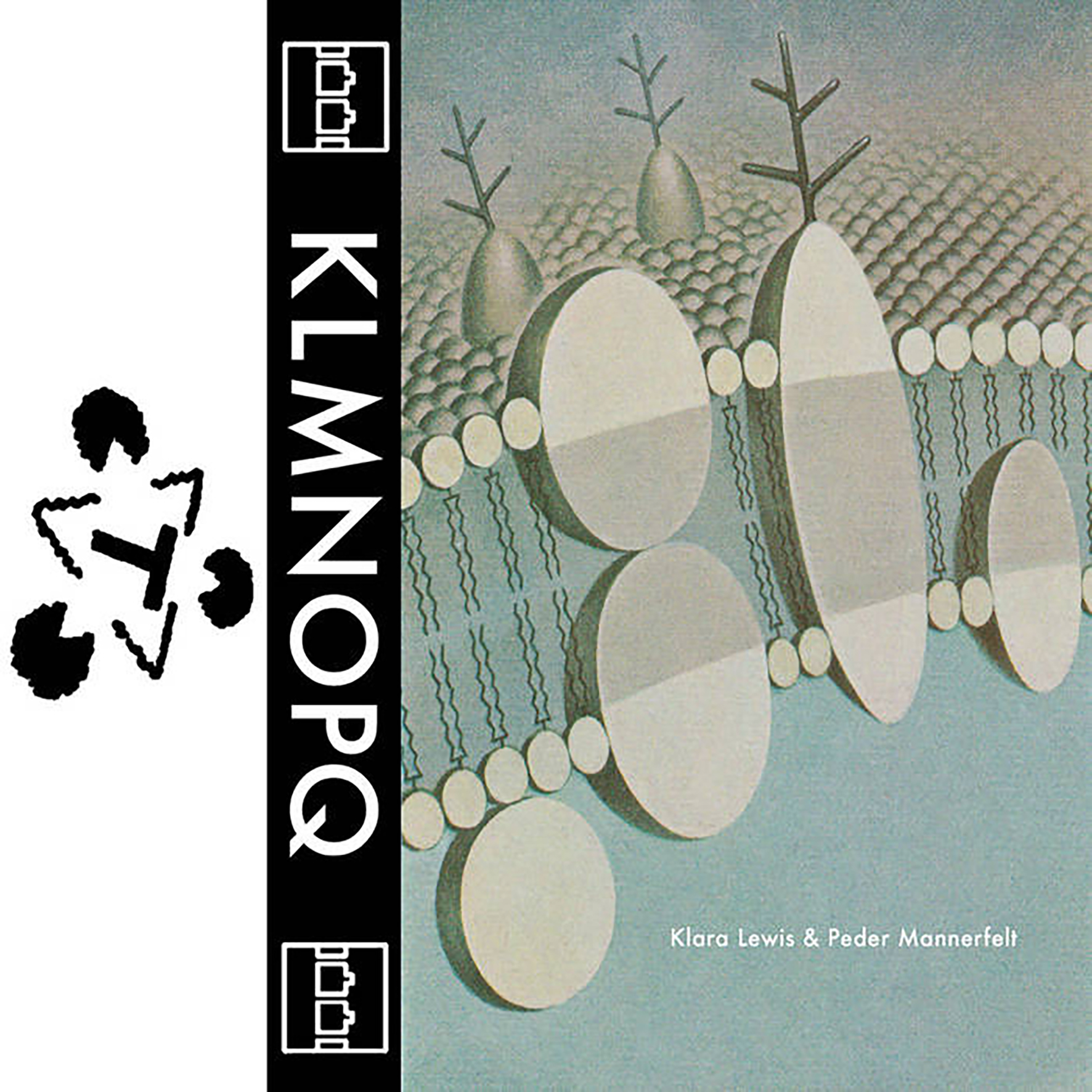 I believe this is the first formal collaboration between these two Sweden-based artists, but the pair have a long history together, as Mannerfelt's label released one of Lewis's early EPs (2014's Msuic). While I was not sure quite what to expect given the breadth of Mannerfelt's oeuvre and Lewis's continuous evolution, I was reasonably certain that this collaboration would be wonderful no matter what shape it took and I was not disappointed. The closest reference point for KLMNOPQ is probably Lewis's killer Ingrid EP, as nearly all of these five songs feature churning, blackened drones or murky, gnarled loops of some kind. The twist, however, is that Mannerfelt and Lewis take that roiling intensity in an unexpectedly playful direction without sacrificing much gravitas. The closing "Full of Piss and Vinegar" captures the duo at the height of their gleefully mischievous loop mangling, as it resembles a nightmarishly chopped-and-screwed mariachi band, yet this entire EP is filled with endearingly inventive and perversely anthemic variations of obsessively looping and psychotropic sound collage.
I believe this is the first formal collaboration between these two Sweden-based artists, but the pair have a long history together, as Mannerfelt's label released one of Lewis's early EPs (2014's Msuic). While I was not sure quite what to expect given the breadth of Mannerfelt's oeuvre and Lewis's continuous evolution, I was reasonably certain that this collaboration would be wonderful no matter what shape it took and I was not disappointed. The closest reference point for KLMNOPQ is probably Lewis's killer Ingrid EP, as nearly all of these five songs feature churning, blackened drones or murky, gnarled loops of some kind. The twist, however, is that Mannerfelt and Lewis take that roiling intensity in an unexpectedly playful direction without sacrificing much gravitas. The closing "Full of Piss and Vinegar" captures the duo at the height of their gleefully mischievous loop mangling, as it resembles a nightmarishly chopped-and-screwed mariachi band, yet this entire EP is filled with endearingly inventive and perversely anthemic variations of obsessively looping and psychotropic sound collage.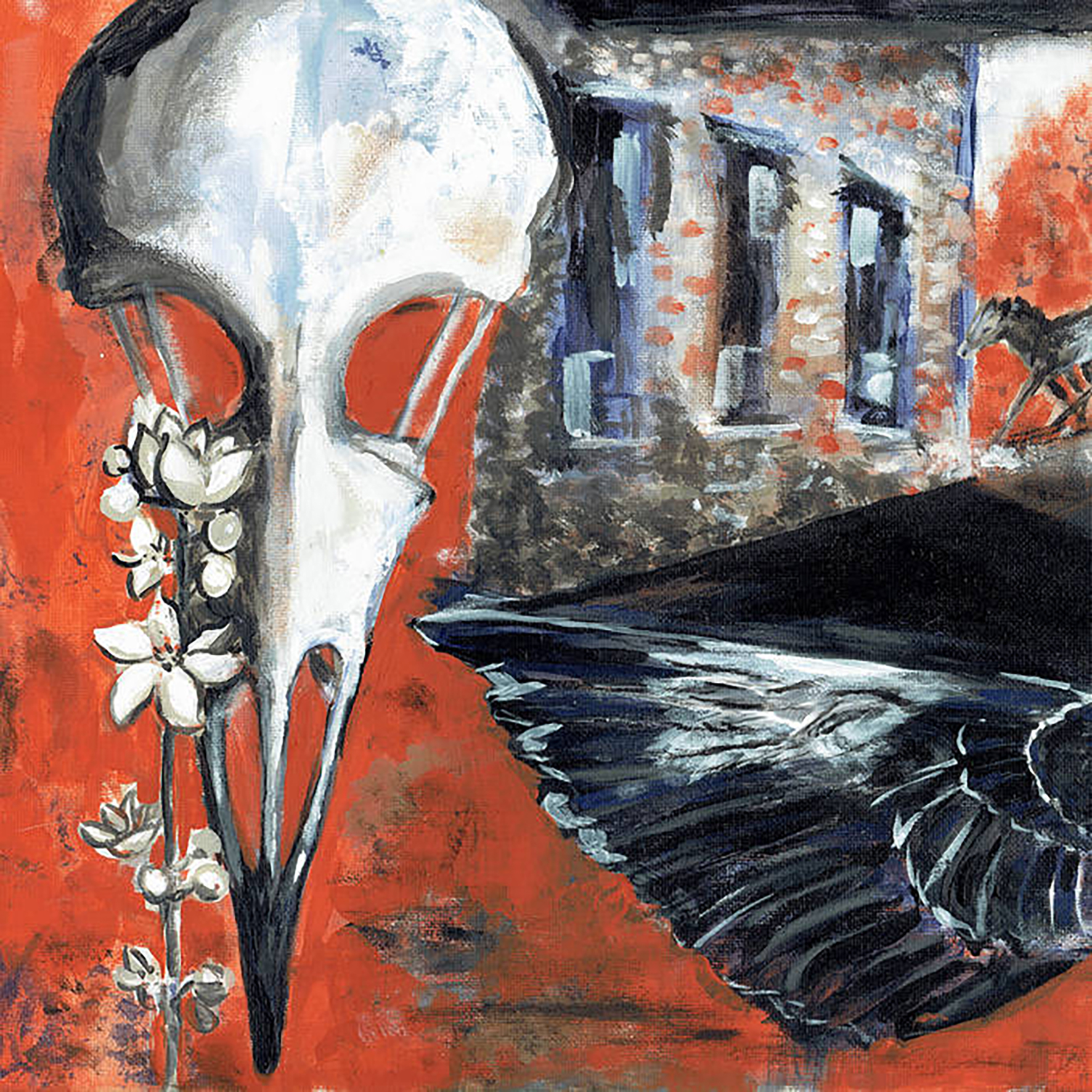
 A duo between California artists Victoria Shen and Bryan Day (by way of Nebraska), Error Theft Disco is noise in its purist sense. A disorienting blend of electronics, distortion, and found sounds that never settles down from the first few seconds, the constant flow gives the tape a captivating sense of inertia that functions well in the loud harsh noise vein as well as it does the nuanced, complex sound art one.
A duo between California artists Victoria Shen and Bryan Day (by way of Nebraska), Error Theft Disco is noise in its purist sense. A disorienting blend of electronics, distortion, and found sounds that never settles down from the first few seconds, the constant flow gives the tape a captivating sense of inertia that functions well in the loud harsh noise vein as well as it does the nuanced, complex sound art one.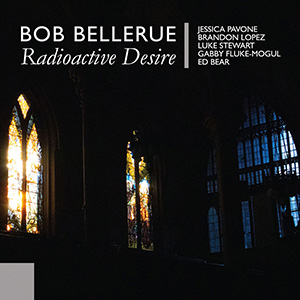 Described as "free chamber music in feedback environments," this massive double CD from New York based artist Bob Bellerue is a perfect blend of structure, improvisation, and chance. Based around rough compositional structures, but left wide open to improvisation, the five instrumentalists, along with Bellerue helming electronics and production, create a massive noise that distinctly reflects the time, place, and conditions in which this material was recorded.
Described as "free chamber music in feedback environments," this massive double CD from New York based artist Bob Bellerue is a perfect blend of structure, improvisation, and chance. Based around rough compositional structures, but left wide open to improvisation, the five instrumentalists, along with Bellerue helming electronics and production, create a massive noise that distinctly reflects the time, place, and conditions in which this material was recorded. In 2010, the Opium Warlords’ MySpace page claimed they sound like "a bad Bolivian Metal band practicing a riff.” Fair enough, but at times their ponderous, doom-laden, brooding, drone-metal shows signs of being more than just another fatberg clogging the sewers of musical culture. My introduction to the group was Live At Colonia Dignidad. Nembutal is a better produced recording, with more variation in speaking, singing, and what sounds like movie dialogue samples. The pest of cliched lyrics such as on “Destroyer of Filth,” is laughable and disappointing, because at other times the words are mysterious and intriguing, sung powerfully and with room to breathe. In those moments, allied with portentous guitar work and a contemplative tempo, Nembutal is nicely out of sync with the flashy haste of modern life.
In 2010, the Opium Warlords’ MySpace page claimed they sound like "a bad Bolivian Metal band practicing a riff.” Fair enough, but at times their ponderous, doom-laden, brooding, drone-metal shows signs of being more than just another fatberg clogging the sewers of musical culture. My introduction to the group was Live At Colonia Dignidad. Nembutal is a better produced recording, with more variation in speaking, singing, and what sounds like movie dialogue samples. The pest of cliched lyrics such as on “Destroyer of Filth,” is laughable and disappointing, because at other times the words are mysterious and intriguing, sung powerfully and with room to breathe. In those moments, allied with portentous guitar work and a contemplative tempo, Nembutal is nicely out of sync with the flashy haste of modern life. Sarah Lipstate's latest opus enigmatically borrows its title from a disorder in which those afflicted lose the ability to create mental imagery and associations (it literally translates as "without imagination"). If there is a polar opposite of that disorder, there is a strong probability that Lipstate has it, as Aphantasia is an absolute tour de force of imaginative, vividly realized visions. In fact, there are twenty-two such self-contained visions on the album and very few of them stretch beyond a minute or two in length. That can be a bit exasperating at times, as the most wonderful ideas are often some of the most ephemeral, but the sheer volume of killer motifs on display could have been the framework for four albums of great fully formed songs rather than one dazzling array of brief vignettes. That unusual album structure was entirely by design, of course, as Lipstate viewed each song as a "a short sharp flash," further noting that "if her usual process brought about cinematic results, these were something new – something swift and intriguing." The "something new" is that the album is intended as something akin to a poetry collection, and it succeeds admirably in that light while still remaining extremely damn cinematic regardless. The fragmentary nature of this album will likely garner a somewhat polarized response from fans, but I doubt that anyone will question whether Lipstate is at the height of her creative powers right now.
Sarah Lipstate's latest opus enigmatically borrows its title from a disorder in which those afflicted lose the ability to create mental imagery and associations (it literally translates as "without imagination"). If there is a polar opposite of that disorder, there is a strong probability that Lipstate has it, as Aphantasia is an absolute tour de force of imaginative, vividly realized visions. In fact, there are twenty-two such self-contained visions on the album and very few of them stretch beyond a minute or two in length. That can be a bit exasperating at times, as the most wonderful ideas are often some of the most ephemeral, but the sheer volume of killer motifs on display could have been the framework for four albums of great fully formed songs rather than one dazzling array of brief vignettes. That unusual album structure was entirely by design, of course, as Lipstate viewed each song as a "a short sharp flash," further noting that "if her usual process brought about cinematic results, these were something new – something swift and intriguing." The "something new" is that the album is intended as something akin to a poetry collection, and it succeeds admirably in that light while still remaining extremely damn cinematic regardless. The fragmentary nature of this album will likely garner a somewhat polarized response from fans, but I doubt that anyone will question whether Lipstate is at the height of her creative powers right now.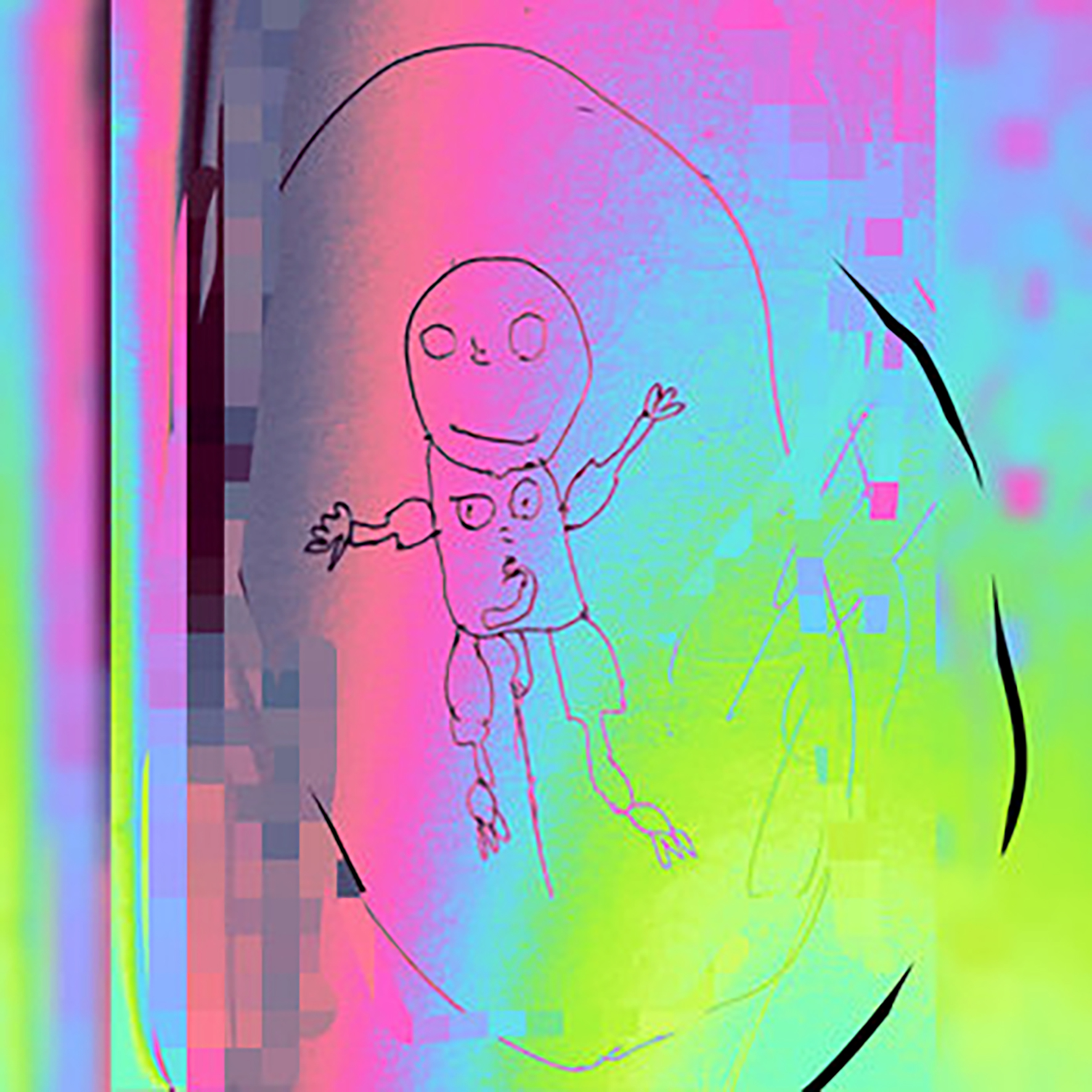 I was not familiar with this Norwegian artist until a few weeks ago, but I find that just about everything on Ireland's wonderfully weird and adventurous Fort Evil Fruit is worth hearing. That seems to be doubly true when an album also features amusingly Cronenbergian child art and a droll Coil reference. Unsurprisingly, Cronenberg and Coil are among Brørby's many influences for this album, but they thankfully do not surface in derivative or unimaginative ways. Instead, Constant Shallowness Leads to Body Horror is an unexpectedly amiable "love letter to taste-defining early influences" presented as a flickering fever dream of Brørby's fond childhood memories of grainy VHS films, surreal late night television commercials, videogames with friends, and the thrill of discovering underground music's weird and shadowy fringes. All of that predictably sounds great to me, but what makes this album even better is that Brørby proves remarkably adept at filtering all of that into a focused, distinctive, and oft-beautiful vision. In its own bizarre way, Constant Shallowness is an outsider pop album, as the heart of these pieces is Brørby's strong melodic sensibility and a real knack for cool percussion. That alone would be enough to make this a strong release, but Brørby went one step further and enveloped his warm, ramshackle, and endearingly lovely pop vignettes in a stammering, obsessive, and phantasmagoric swirl of vividly multidimensional mindfuckery. He is exceptionally good at that last bit, making this one hell of a immersive album.
I was not familiar with this Norwegian artist until a few weeks ago, but I find that just about everything on Ireland's wonderfully weird and adventurous Fort Evil Fruit is worth hearing. That seems to be doubly true when an album also features amusingly Cronenbergian child art and a droll Coil reference. Unsurprisingly, Cronenberg and Coil are among Br√∏rby's many influences for this album, but they thankfully do not surface in derivative or unimaginative ways. Instead, Constant Shallowness Leads to Body Horror is an unexpectedly amiable "love letter to taste-defining early influences" presented as a flickering fever dream of Br√∏rby's fond childhood memories of grainy VHS films, surreal late night television commercials, videogames with friends, and the thrill of discovering underground music's weird and shadowy fringes. All of that predictably sounds great to me, but what makes this album even better is that Br√∏rby proves remarkably adept at filtering all of that into a focused, distinctive, and oft-beautiful vision. In its own bizarre way, Constant Shallowness is an outsider pop album, as the heart of these pieces is Br√∏rby's strong melodic sensibility and a real knack for cool percussion. That alone would be enough to make this a strong release, but Br√∏rby went one step further and enveloped his warm, ramshackle, and endearingly lovely pop vignettes in a stammering, obsessive, and phantasmagoric swirl of vividly multidimensional mindfuckery. He is exceptionally good at that last bit, making this one hell of a immersive album.
